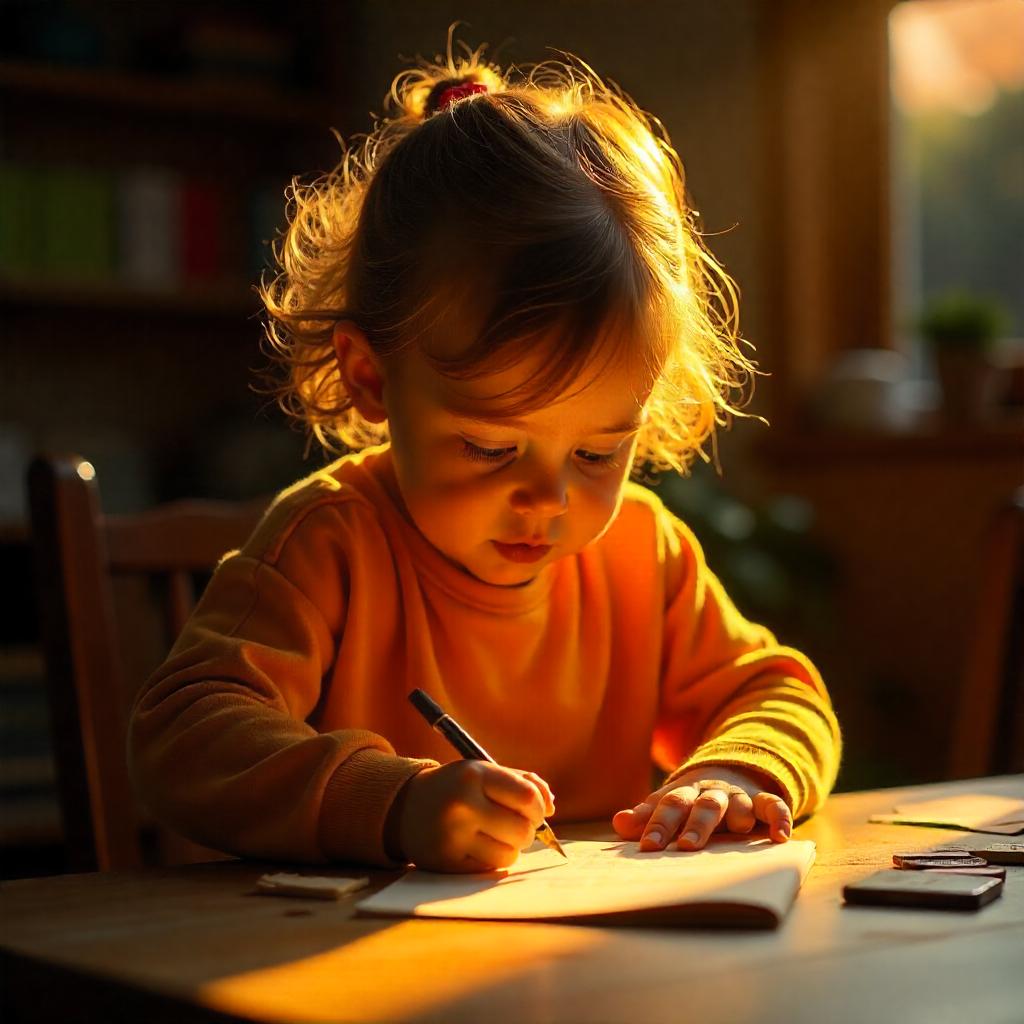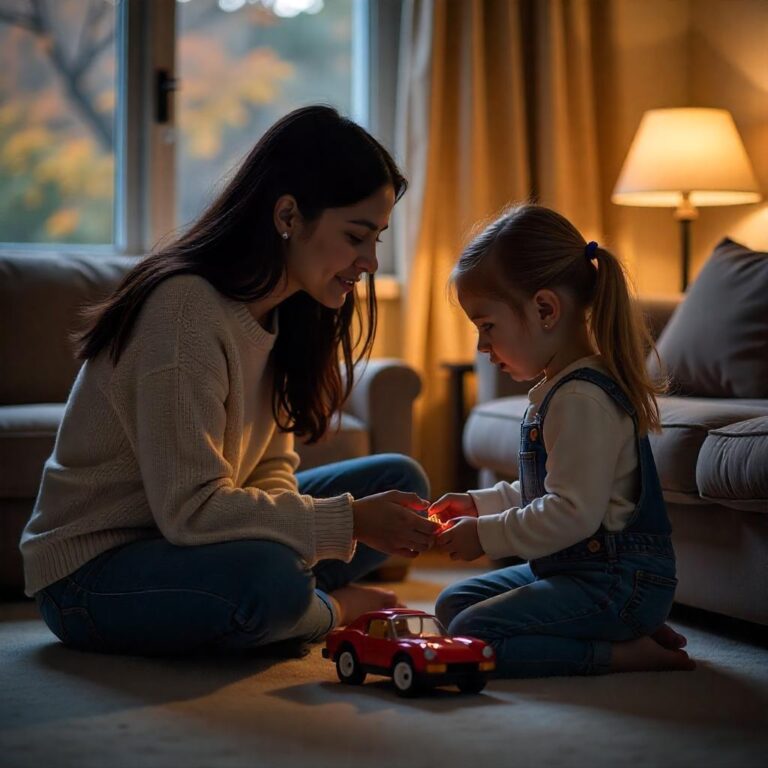Why Encouraging Creativity Is Important For Child Development
Encouraging creativity in children is not only a fun and engaging way to spend time together, but it also plays a critical role in their overall development. Creative activities, whether through art, music, writing, or imaginative play, help children grow cognitively, emotionally, and socially. Here’s why fostering creativity is essential for a child’s development:
1. Enhances Cognitive Skills
Creative activities stimulate brain activity and support the development of key cognitive skills. Engaging in creative tasks requires problem-solving, critical thinking, and decision-making. Whether it’s figuring out how to draw a picture or creating a story, children practice thinking in new and innovative ways.
Why it’s important: Creative activities help children develop the skills needed for logical thinking, analysis, and innovation, which are crucial for academic success and lifelong learning.
2. Boosts Problem-Solving Abilities
Creativity challenges children to think outside the box and approach problems from different perspectives. Whether building something from blocks, experimenting with new art techniques, or improvising in play, children learn to navigate obstacles and find solutions.
Why it’s important: By learning how to approach challenges creatively, children develop resilience and perseverance. They gain confidence in their ability to solve problems, a skill that will serve them well in both personal and academic situations.
3. Promotes Emotional Expression and Regulation
Creative activities provide children with a safe outlet for expressing their emotions. Through art, music, dance, or writing, children can process and release feelings that might be difficult to articulate verbally. This emotional release can lead to better emotional regulation.
Why it’s important: Encouraging creativity helps children develop emotional intelligence. They learn to recognize and manage their emotions, which contributes to improved mental health and well-being.
4. Fosters Imagination and Innovation
Creativity encourages children to use their imagination. When children engage in creative play, they explore different scenarios, perspectives, and ideas. Whether pretending to be a superhero, inventing new worlds, or creating an imaginary friend, they exercise their imaginations, which are crucial for creativity and innovation.
Why it’s important: Imagination is not only fun but also essential for cognitive flexibility, innovation, and the ability to think critically. Creative thinking is the foundation for future breakthroughs in science, technology, art, and problem-solving.
5. Builds Self-Confidence
When children are given the opportunity to express themselves creatively, they receive positive feedback for their efforts, whether it’s a drawing, a dance performance, or a song. This praise boosts their self-esteem, as they learn to appreciate their abilities and value their unique ideas.
Why it’s important: Creative expression provides children with a sense of accomplishment and pride in their work. As they gain confidence in their creativity, they are more likely to take risks and approach new challenges with a positive attitude.
6. Encourages Independence and Decision-Making
Creative activities often require children to make their own decisions, whether it’s choosing colors, deciding what to build, or coming up with a storyline. These activities encourage independent thinking and help children become more self-reliant.
Why it’s important: By making choices in creative tasks, children learn how to trust their judgment, which is vital for personal development and decision-making in real-life situations.
7. Improves Social Skills
Creativity is often best when shared. Whether working together on a craft project, performing a play, or collaborating on a group song, creative activities encourage teamwork, cooperation, and communication. Children learn to respect others’ ideas, share resources, and collaborate to achieve a common goal.
Why it’s important: Social skills such as teamwork, communication, and collaboration are essential for building friendships, working in groups, and thriving in social settings.
8. Enhances Academic Performance
Creative thinking is closely linked to success in school. Students who engage in creative activities develop a broader range of thinking skills, including the ability to approach problems from different angles, think critically, and analyze information. These skills directly translate to better academic performance, especially in subjects like math, science, and writing.
Why it’s important: Creativity nurtures the kind of thinking that fosters academic success. Children who think creatively can tackle academic challenges with innovative solutions and a greater understanding of complex concepts.
9. Encourages Exploration and Curiosity
Creative activities often lead children to ask questions, explore new ideas, and experiment with different approaches. Whether they’re trying out new art techniques, learning a new instrument, or writing a story, creative tasks spark curiosity and a desire to learn more.
Why it’s important: Curiosity is a powerful driver of learning. Children who are encouraged to explore creatively are more likely to continue seeking knowledge and developing a lifelong love of learning.
10. Develops Fine and Gross Motor Skills
Creative activities like drawing, painting, sculpting, dancing, or playing musical instruments help children refine both fine and gross motor skills. Whether they are drawing with a pencil or playing a sport, creativity allows for physical development alongside cognitive growth.
Why it’s important: Physical coordination and motor skills are foundational to children’s overall development. Engaging in creative activities helps children strengthen the muscles needed for physical activities and enhances their ability to control movements.



